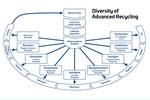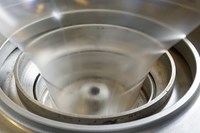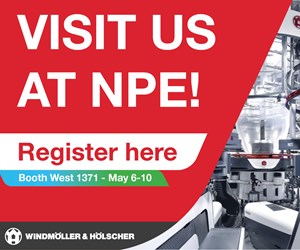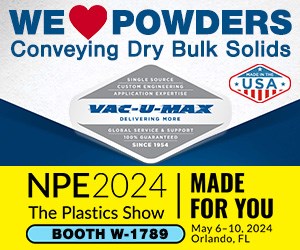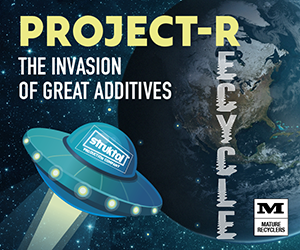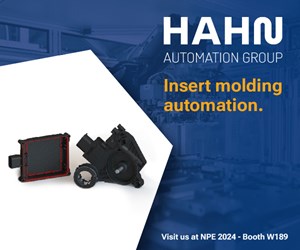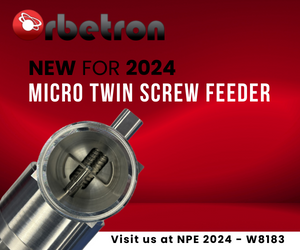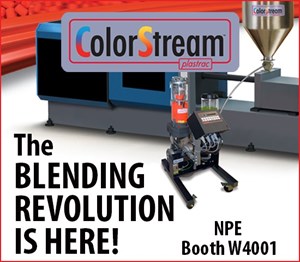Dual-Frame MDO Boosts Efficiency
‘Revolutionary’ dual-frame technology allows for high production speeds while significantly reducing cleaning and service times.
SML’s dual-frame machine direction orientation (MDO) system is said to take MDO technology to the next level reportedly by offering high production speeds, significantly shorter down-times and a boost in overall line efficiency.
The new design consists of two independent frames with an inline adjustable stretching gap. The two frames are relocatable to each other; the variable distance between the two frames precisely defines the length of the stretching gap.
All the essential mechanical properties of the film in the machine and cross direction are determined by the length of the stretching gap and the stretching speed, SML explains. The machine builder says that the system guarantees both maximum control of the film properties and very high production speeds while significantly reducing cleaning and service times.
In the case of films for stand-up pouches, SML’s MDO units are reportedly able to manufacture PE films thinner than the current 25-80μm thickness standard to replace BOPET or BOPP film on the outside of the pouches. This pouches to be produced from an all PE structure. Not only are these thinner mono-material pouches easier to recycle than conventional multi-material pouch film, raw material costs—and with it the general carbon footprint—and significantly reduced. Thicker machine-oriented PP films are used only for the sealing layer, providing straight tear properties when the stand-up pouches are opened.
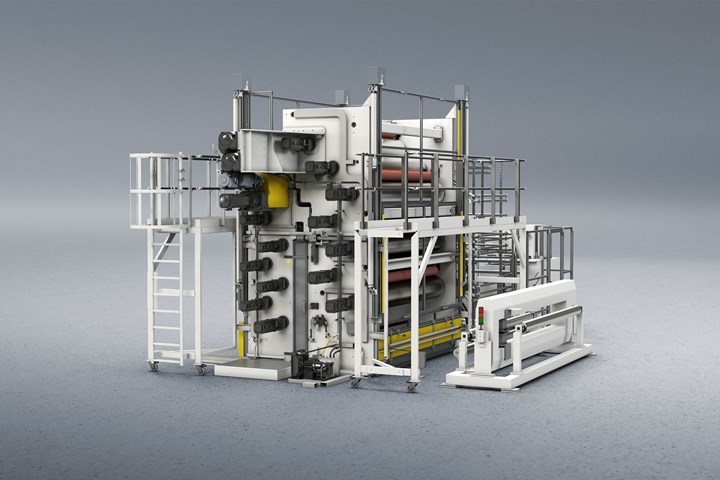
The SML dual-frame design of SML’s latest MDO generations offers stretching both according to the short-gap and the long-gap procedure. As a result, these lines are not limited to processing polyolefins, says SML.
Related Content
-
Specialty Purging Compounds Optimize Color and Material Changeovers
Selecting of the correct purging compound can speed up material and color changeover time and reduce scrap. You’ll even save on material.
-
The Importance of Viscosity in Melting
The calculations required to determine the right melt temperature for each polymer are complicated. Knowing the power-law coefficient and the consistency index of the polymer you run might prove useful.
-
Avoid Four Common Traps In Granulation
Today, more than ever, granulation is an important step in the total production process. Our expert explains a few of the many common traps to avoid when thinking about granulators

